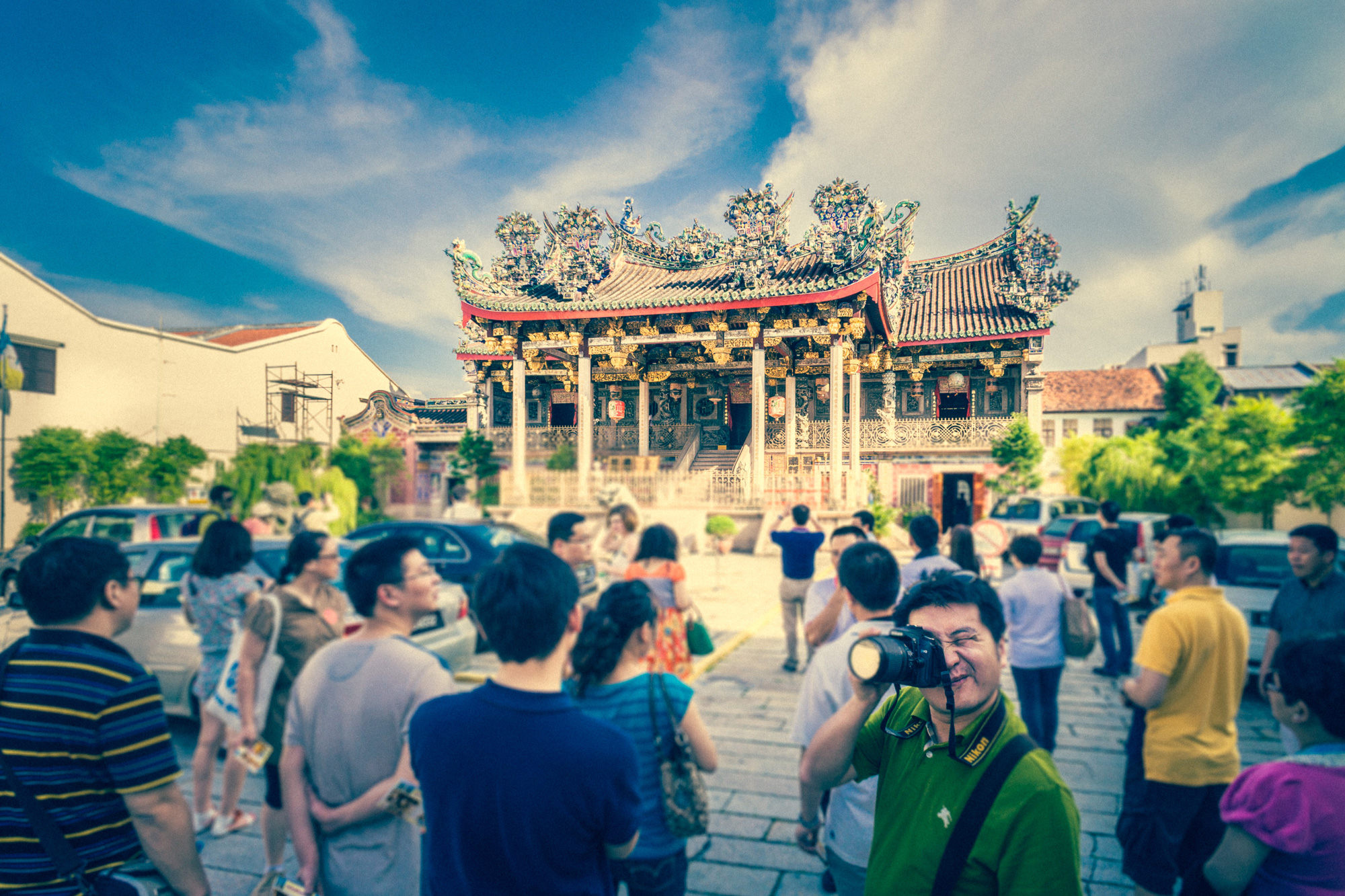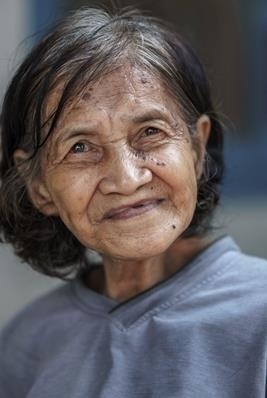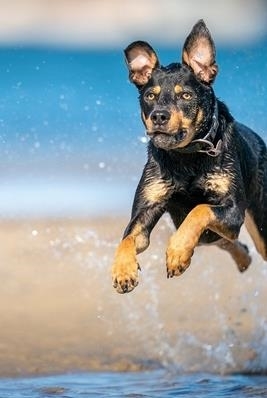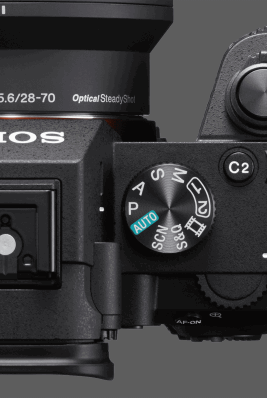
There are many ways to approach the genre of travel photography. Some photographers are intent on capturing ‘real’ moments in time, moments that anyone else could see if traveling to the same locations. Some photographers, however, feel justified in creating ‘staged’ scenes while paying locals to engage in carefully choreographed activities at idyllic or iconic locations. These photographers often strive to combine many aspects of a culture into a single composition, where the aim is to create an idyllic scene. These staged images are often shared extensively on social media, and, in some instances, can set up unrealistic expectations of what it may be like to visit these same locations.






In some instances, a travel photographer may encounter locals who have dressed up for the sole purpose of being photographed by tourists. You can now see this modern ‘cultural phenomenon’ at popular tourist destinations around in the world, whether it be women dressed up as showgirls on the Las Vegas Strip or old men dressed up as Sadhu’s (holy men) on the banks of the Ganges in India. Travelers may also encounter locals who have dressed up in period costumes at temples and historic locations, as in the images above.
This could be described as part of the local ‘modern’ culture, it seems appropriate that some travel photographers will want to capture images that document this aspect of the culture.


A third way of approaching Travel Photography, is to make the traveller (yourself and your traveling companions) the focal point of the photographs created. I have personally used this approach when documenting a 22-month journey around-the-world trip by motorcycle, where the journey and the nature of the type of travel, became the focal-point of the story. I was inspired by books such as ‘Jupiter’s Travels’, ‘Slow Boats to China’, ‘Riding the Iron Rooster’ and ‘Slowly down the Ganges’, where the author is often the principal character in the story.

Are we there yet?
Using public transport is one of the best ways to experience a country when traveling between different
locations, e.g., using trains rather than the tourist coaches that are favoured by most tour groups. I recommend using these journeys as photographic opportunities to document the life of a country on the move, rather than waiting to start your photography at the scenic destinations once you arrive

Keeping it Real
When I travel, I now aim to explore and provide insights into the local culture, and I usually choose to exclude tourism (except domestic tourism) and myself from the narrative that I am telling. I have travelled in a variety of different ways, but I personally recommend photographers to travel independently (hiring local guides only when and if needed) rather than traveling as part of a group. Group travel can be enticing, as they remove a lot of the time (and some logistical stress) that is often required to organise an independent trip. The downside of these group travels, however, is that most busy tourist itineraries prioritise the iconic (and often overcrowded) locations and do not afford photographers with the extra time that is required to patiently observe and document the local culture, while also having the flexibility to alter the schedule to accommodate unexpected opportunities to photograph important local cultural events. For example, on a recent trip to Bali I had the opportunity to document a traditional funeral for the local schoolteacher’s family. This significant cultural event lasted for four days. A simple way of connecting with community cultural events (that are not staged for tourists), is to ask your hotel staff what is happening in their own communities and extended families and then offer to photograph the event for the family or community. In this manner I have been invited to cultural and religious events where other tourists are not present.


Photographing complete strangers
I am personally OK with photographing people without first asking permission, when they are in a public space, but only if they are unaware of my camera. These are mostly instances where they are distracted or engaged in an activity. As soon as someone is aware of my camera, I will make sure they are happy to be photographed before continuing to create photographs. If I feel a subjects’ eyes are moving towards the camera, I immediately lower the camera from my face and give the subject a big smile, sometimes accompanied by a friendly wave. If I share no language with my subject, I will always give them a big smile and tap the top of my camera. If they do not refuse the opportunity to be photographed, I will continue to make several photographs exploring different vantage points (with a view of changing what appears in the background). If the sitter appears slightly nervous, I may decide to keep eye contact (so they can see my friendly demeanour) and frame the image by glancing down to use the camera’s monitor rather than hiding my smile behind the camera. Sometimes a local will respond by adopting a pose that is not too dissimilar to the cheesy ‘selfie’ photos that are commonly seen on social media. If this happens, I will capture the pose they have adopted and then invite them to now adopt a more relaxed expression, by modelling the expression they would have had prior to the first photograph being created. I will often share the images I have created with their help by showing them the photos on the back of the camera. In this manner portraiture becomes a collaborative process rather than an act of simply ‘taking their photo’. I choose to respect a person’s dignity when I see the person may be experiencing some personal distress. Whether to photograph extreme poverty is also a decision that each photographer will have to make on their own. Not all homeless people on the street are ashamed of their situation and may still welcome the interest shown in them by a stranger.
Note > There is a relatively new law in Europe (Article 85 GDPR) that some photographers believe prohibits street photography, but I think there are enough grey areas in the Article to make street photography still legal under the ‘freedom of artistic expression’ clause. I was not arrested or approached by police after photographing on the streets of in Italy for three weeks in 2024.


Photographic Gear
I choose to travel very light and rarely check any luggage when flying. I work out of a medium-sized sling or messenger bag (a Wotancraft Pilot 7L). This camera bag is my second carry-on bag (personal item) that slides underneath the seat in front of me on the plane. I will often upgrade to a Premium Economy ticket to avoid checking luggage. Most International Premium Economy tickets allow approximately 14 Kg of luggage. My photography bag often weighs in at no more than 4 KG. One of the ways I keep the weight of this bag so low is I don’t travel with telephoto zoom lenses larger than Sony’s FE 70-200 F4 Macro G II. This decision does limit the range of wildlife I can photograph, and I would choose completely different gear (together with a different 18L backpack) if the focus of the trip was to be wildlife, e.g., an African Safari. Another major weight saving is that I choose to only carry a small tabletop tripod and no flash.

Camera Settings
I use Aperture Priority mode for 95% of my travel shots. Most of the time I am using a wide aperture (F4 or wider) when I want to isolate the subject from the background (creating some background bokeh or focus blur). I also choose to raise the ISO Auto Minimum Shutter Speed to 1/250 second so that any subjects that may move slowly are rendered sharp (free from any motion blur). If subjects are moving very quickly, I either choose to freeze the subject using a very fast shutter speed (1/2000 second) or create some slow shutter-speed panning shots to blur the background (1/60 second). I register three different groups of settings as ‘memories’ stored by the camera, that can then be recalled by turning the Shoot Mode dial to 1, 2 or 3. Memory Recall 1 (MR1) brings in my default settings for portraits, or for that matter anything I want to isolate from the background using a wide aperture in order to create shallow depth of field. MR2 brings in my Action settings that are designed to freeze fast moving subjects (somebody running or jumping or flying insects and birds). MR3 recalls my camera settings that I use to capture my landscapes or seascapes where I want both the foreground and background in sharp focus (using a default aperture of F11) when using wider focal lengths (35mm and wider). This MR 3 also has the ISO Auto Minimum Shutter Speed setting set to ‘Slower’, as I am prepared to hold the camera very still when capturing scenes where everything else is also still. I have given this workflow the acronym ‘PAL’ (Portraits, Action and Landscapes). I have created camera setup eBooks for all of Sony’s cameras on my Patreon support site. Patreon.com/markgaler

When creating travel photographs, I nearly always take multiple shots to build a visual story or narrative. A successful narrative can be defined if the questions ‘where’, ‘what’ & ‘who’ are answered by the sequence of images. I will often try to create photographs that fall into one the following four categories:
Establishing Shot: Where is this Story taking place?
Activity Shot: What is Happening in this Story?
Portraits: Who are the characters of this Story?
Detail Shot: Revealing things or details that can be lost in the ‘bigger picture’?


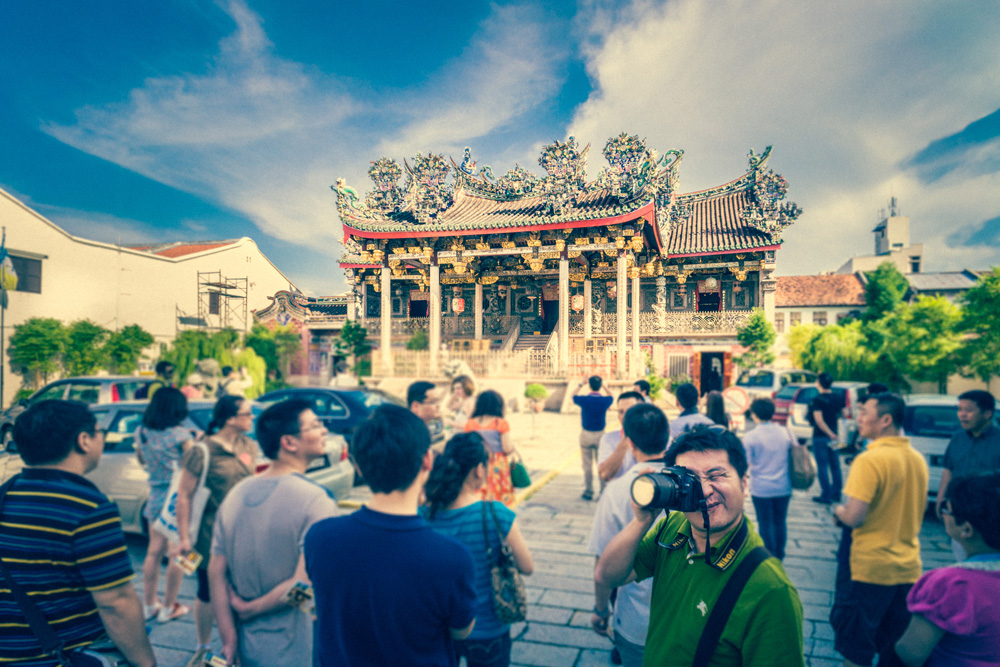
Many tourists return home feeling slightly disappointed that their travels made them feel like they were a ‘packaged’ commodity, where they were shepherded from one overcrowded tourist icon to the next, exiting each site via the obligatory gift shop. If you want to avoid this experience, I strongly recommend you get ‘off the beaten track’ and explore communities where their culture is still on full display and where the locals manage to survive without relying on the tourist dollar.
Although I currently avoid making tourists the subject of my own travel photographs, there are some excellent photographic studies on the topic which places the tourist front and centre. Check out ‘Small World’, by the Magnum photographer Martin Parr
Mark Galer is a Sony Digital Imaging Ambassador and provides am Alpha support channel at Patreon.com/markgaler
https://www.patreon.com/c/markgaler


